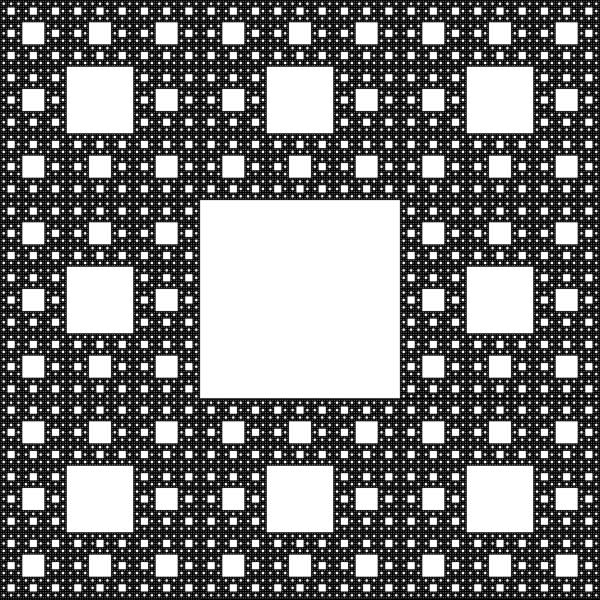
Fractals are a pretty neat mathematical phenomenon that I had the pleasure of exploring through my Chaos Theory class last fall. I ended the class with a comprehensive project studying fractals in nature, a topic I find beautifully interesting both from a visual and mathematical point of view.
Hot take: I love mathematics. I also love music and having a good time, so I am hoping to produce a final project that incorporates all three of these things. My goal is to create a music video of some sort, incorporating fractals and tracks from the European techno scene. I’m sure I’ll explore many different directions in the coming weeks and run into countless challenges, however, here is my jumping off point:
What the hell is a Koch curve?

This is, like, day-one fractals. Pretty easy to draw, but what about write an algorithm? My goal is to write a class in python that returns different iterations of specified fractals. n = 1 returns a triangle, n = 2 returns a star, n = 3 returns a snowflake?
Now what about squares!
The T-Square fractal is a beautiful example of geometric complexity and convergence. Or chaos? Here, n = 1 returns a square, n = 2 returns a square with square corners, n = 3 returns a square with square corners with square corners… you still with me?

Let’s take a step back.
Here is the Sierpiński triangle. This is one of the most basic examples of a self-similar set, officially named after Polish mathematician Wacław Sierpiński in the 1900s. Interestingly enough, this design appeared as a decorative pattern in the 13th-century Cosmatimosaics in the cathedral of Anagni, Italy. Pretty neat, eh? Math is so cool and old and fundamental.

Fractals are a natural phenomenon. Trees, riverbeds, lightning strikes, veins, and even broccoli return self-similar, self-repeating patterns that can be constructed mathematically. My goals for this project are to do just this: construct art mathematically. I’m sure there are a million and one python libraries that would do all of this for me, however I want full artistic control over my outputs. I want to see what I can achieve on my own. This may limit how far I can take video capabilities, but I think I would take great pride in knowing I did it all from scratch. Ha! Famous last words, Emily. We’ll see how it goes.
My musical inspiration stems, as I said, from the European techno scene. I’ll probably include a little house, a little US bass. Let me know if you have any song requests 😉 Or really any suggestions in general. I’m excited to see how this turns out!
References:
http://www.cplusplus.com/articles/LyTbqMoL/
https://www.google.com/url?sa=i&url=http%3A%2F%2Fblog.zacharyabel.com%2Ftag%2Fkoch-curve%2F&psig=AOvVaw0QHTudKankPfYjxtC-QqEe&ust=1582434882731000&source=images&cd=vfe&ved=0CAIQjRxqFwoTCMC-1buz5OcCFQAAAAAdAAAAABAJ


7 Comments. Leave new
As someone who has dabbled in procedural art/generative code, anything to do with fractals is pretty interesting for me. Your musical ideas also seem to lend themselves to the project, are you going to make fractals from music? Music from fractals? I think that there’s a lot of potential in that area. A similar(ish) project this reminded me of is Marble Marcher, a physics platformer done entirely with fractals (https://www.youtube.com/watch?v=9U0XVdvQwAI). Wishing you luck in making a thing!
I’m trying to play around with frames per second vs. beats per minute, key signature, etc. Might have to incorporate some serious editing at the end out it
I never would’ve thought to use a math principle to draw inspiration from. Very cool! This honestly makes me want to learn more about fractals, which could be a really awesome secondary purpose for your project. Good music AND inspiring people to get excited about neat math stuff.
Do you plan on using the types of fractals listed above, or more complex ones for your videos? Also, do you plan on making one video, or a set of videos?
I’m thinking some sort of medly/mix would be pretty cool. I have a few songs in mind. i’m starting with some simple ones, and might try and get more complex. 3d fractals would be wild. but i also like some simplicity
Whats the aesthetic?
Let me know if you need python help, I might know a thing or two
.
What’s my aesthetic!? Europen techno. Dark. Neon. Transcending. Dissociating.